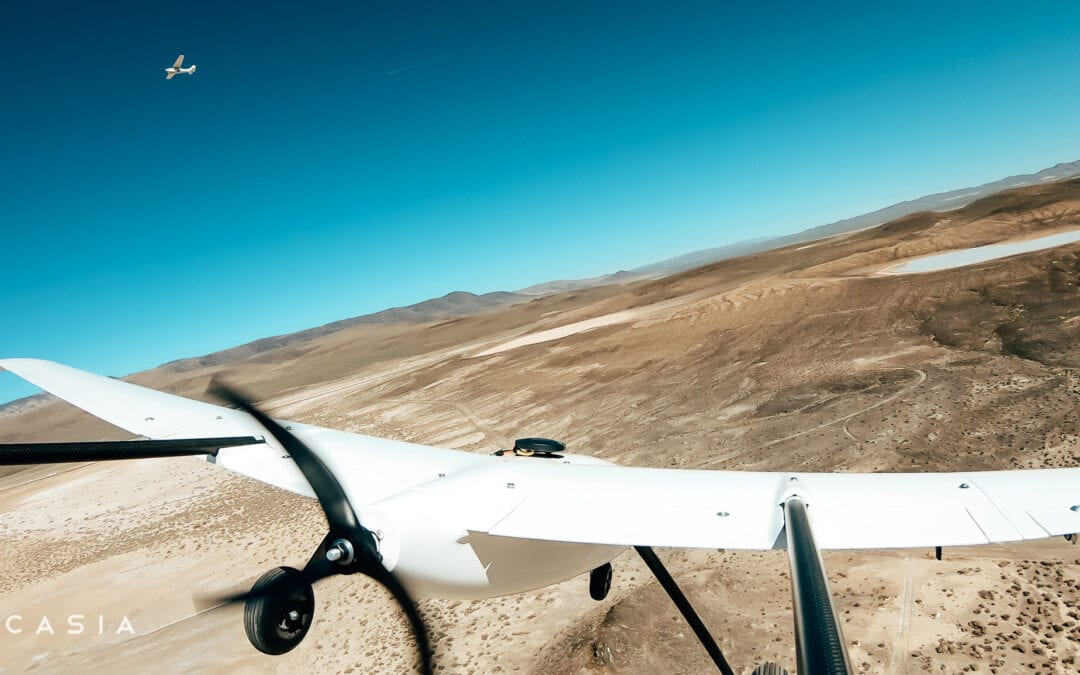“…At the FAA’s Sixth Annual UAS Symposium, FAA Administrator Steve Dickson announced the establishment of a new Aviation Rulemaking Committee (ARC) to develop a regulatory path for routine beyond visual line of sight (BVLOS) operations. Shortly after the announcement, Iris Automation, one of the leaders in developing onboard detect and avoid systems for drones, was identified as one of the members of the committee. The ability to reliably and predictably detect and strategically avoid other aircraft and obstacles is considered to be a fundamental requirement for any future routine BVLOS rule. Determining the performance criteria for this and other safety measures will be at the center of the six-month committee period. “The BVLOS ARC will have to address a number of critical integration safety issues, first among them how drones will be equipped to see and avoid other aircraft to ensure safety of the National Airspace and prevent mid-air collisions,” Sean Deverey, Director of Government of Affairs at Iris Automation, told Commercial UAV News. “This will require establishing performance-based standards for onboard detect and avoid technology that will allow the drone and the RPIC (remote pilot in command) to have situational awareness and avoid collisions…”
ΗΠΑ: EΝΑ ΒΗΜΑ ΠΙΟ ΚΟΝΤΑ ΣΤΟΥΣ ΚΑΝΟΝΕΣ ΓΙΑ ΠΤΗΣΕΙΣ ΠΕΡΑΝ ΤΟΥ ΟΠΤΙΚΟΥ ΟΡΙΖΟΝΤΑ (BVLOS)
by Nikos Chatzis | 22 Jun, 2021 | Artificial Intelligence, Aviation Technology, Drones' Technology Management, Geopolitics, UAVs, UnManned Aerial Vehicles, ΣΜΗΕΑ
